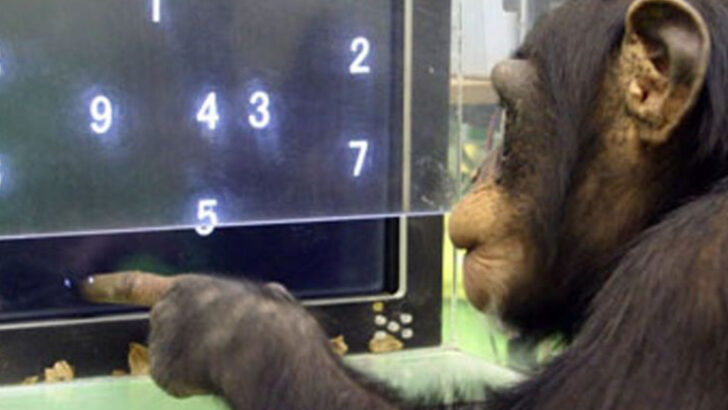Some animals don’t just survive in the wild—they count their way through it. From birds that solve number puzzles to bees that subtract, nature is full of quiet little geniuses. These creatures don’t just notice “more” or “less”—they understand numbers, patterns, and even symbols. One parrot could count out loud. A crow understood zero. And a chimp? It could beat college students in a memory game involving numbers on a screen. These aren’t party tricks. They’re signs of something deeper—hidden intelligence that challenges everything we thought we knew about “animal brains.” Ready to meet the wildest mathematicians on Earth?
Chimpanzees
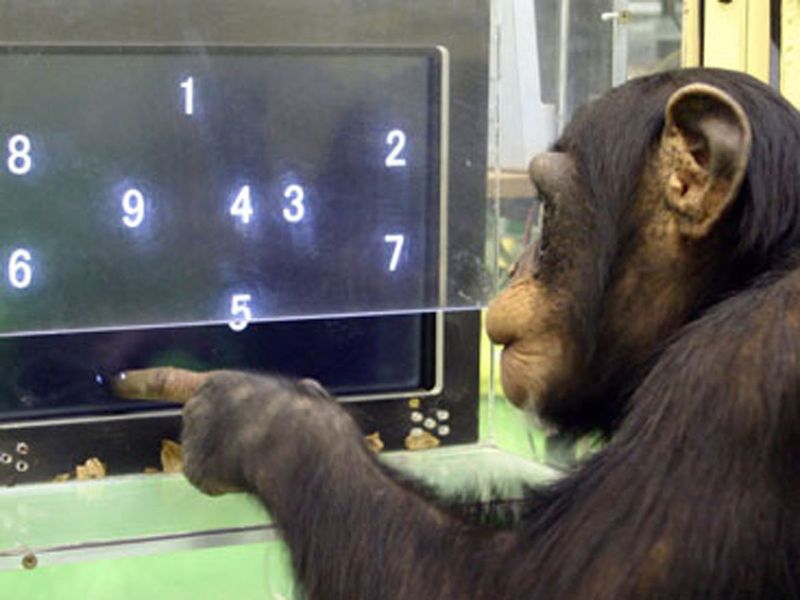
Chimpanzees, our closest relatives in the animal kingdom, have a surprising knack for numbers. In controlled experiments, they have demonstrated the ability to count and understand numerical order. Their short-term memory for numbers sometimes even surpasses that of humans. In one famous study, a chimp named Ayumu could remember the correct sequence of numbers on a screen faster than human participants.
These primates use this skill in the wild too, assessing troop sizes and potential threats. Their numerical prowess is a testament to their highly developed cognitive abilities and intricate social structures.
African Grey Parrots
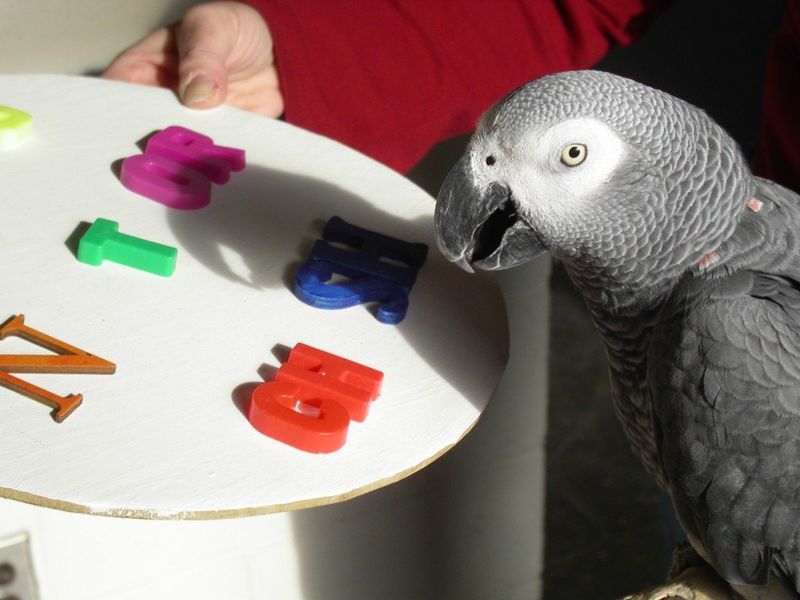
African Grey Parrots are not only known for their impressive vocabularies but also their mathematical abilities. Alex, the most famous of these parrots, could count up to six and even grasped the concept of zero.
This parrot’s ability to distinguish between different quantities was groundbreaking, as it provided evidence that birds can possess complex understanding of numbers. Such skills are not just limited to trained birds; wild African Greys are observed using numerical skills to differentiate between food sources.
Pigeons
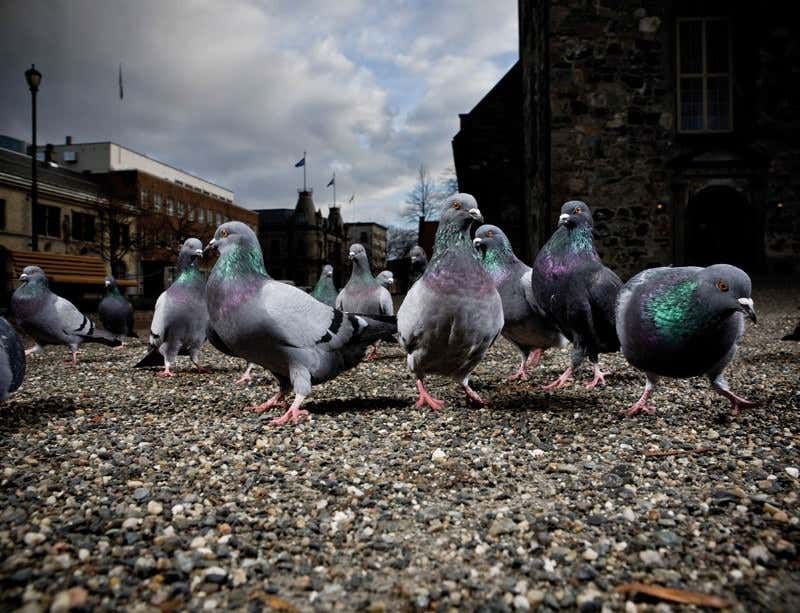
Often underestimated, pigeons have demonstrated surprising numerical skills in studies. They can sort images based on quantity and even grasp basic concepts such as “more than” and “less than.”
In experiments, pigeons were able to order groups of objects by quantity, proving their ability to comprehend and differentiate numbers. This fascinating skill is utilized by these birds to make decisions about food and nesting materials in the wild, showcasing their adaptability and intelligence.
Elephants
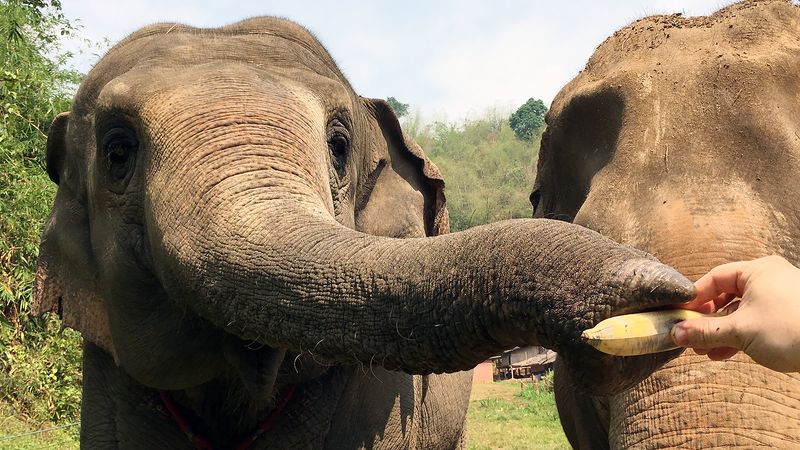
Elephants, known for their memory and intelligence, also possess remarkable numerical abilities. In various experiments, elephants have shown they can differentiate between small and large quantities of food.
These gentle giants can even perform basic addition when presented with different amounts of treats. Such cognitive skills are applied in their natural habitat, influencing social interactions and resource allocation within herds. Their ability to discern quantity is a vital part of their survival strategy.
Bees
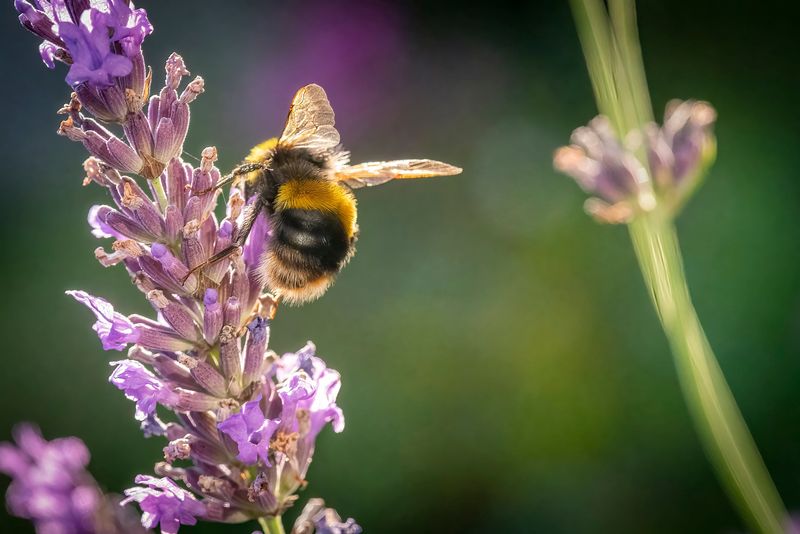
Bees, despite their tiny brains, boast impressive mathematical skills. Research has shown that they can count up to four and even recognize symbols associated with numbers.
These industrious insects have been trained to understand and perform basic subtraction. Their ability to process numerical information aids in navigation and foraging, ensuring they efficiently gather resources. This numerical acumen highlights the complexity and sophistication of bee cognition.
Dogs

Dogs, though not known for counting, can detect changes in quantities. These loyal companions notice when the number of treats changes, such as if one is removed from a group.
This ability suggests an understanding of basic counting principles, allowing dogs to adapt to their surroundings and respond to their human companions. Their sensitivity to numerical changes plays a role in social dynamics and training scenarios, enhancing their bond with humans.
Rats

Rats, often used in experimental settings, exhibit significant numerical understanding. These clever rodents can be trained to press levers a certain number of times to receive a reward, indicating they comprehend quantity and basic counting.
Their ability to track numbers assists in foraging and navigation within complex environments. This numerical proficiency underscores the adaptability and intelligence of rats, making them successful survivors in various habitats.
Crows
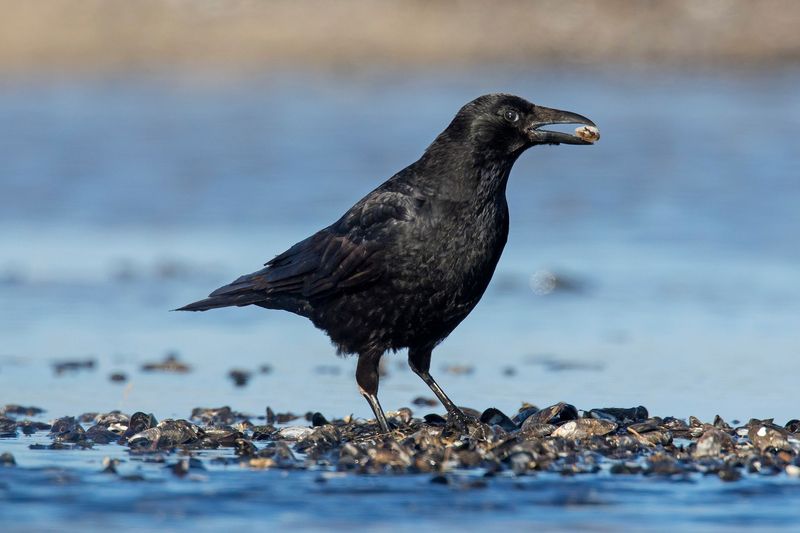
Crows, known for their intelligence, are some of the most advanced non-human mathematicians. They can match numbers to symbols, count objects, and even understand the concept of zero.
This remarkable numerical ability is evident in both experiments and natural behaviors, aiding in problem-solving and resource management. Crows’ mathematical skills reflect their complex social structures and innovative problem-solving techniques.
New Zealand Robins
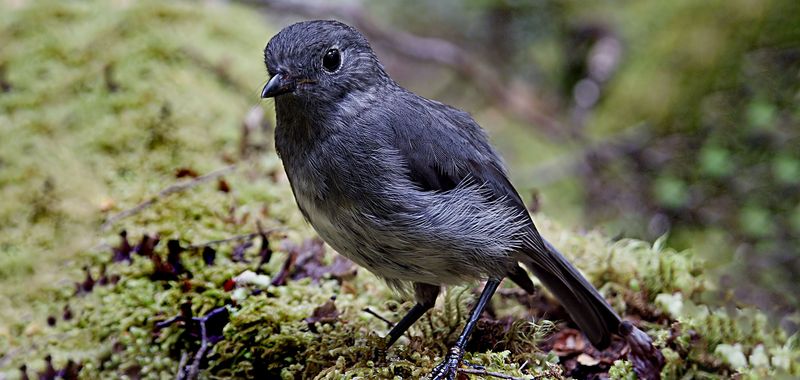
New Zealand Robins showcase unexpected numerical skills in the wild. These small birds keep track of how many food items are placed in hiding spots.
They become suspicious if the count doesn’t match, indicating an understanding of quantity and subtraction. This ability to monitor food caches is crucial for their survival, ensuring they retrieve hidden resources efficiently. Their numerical insight reflects an adaptive strategy in a competitive environment.
Frogs (Túngara frogs)
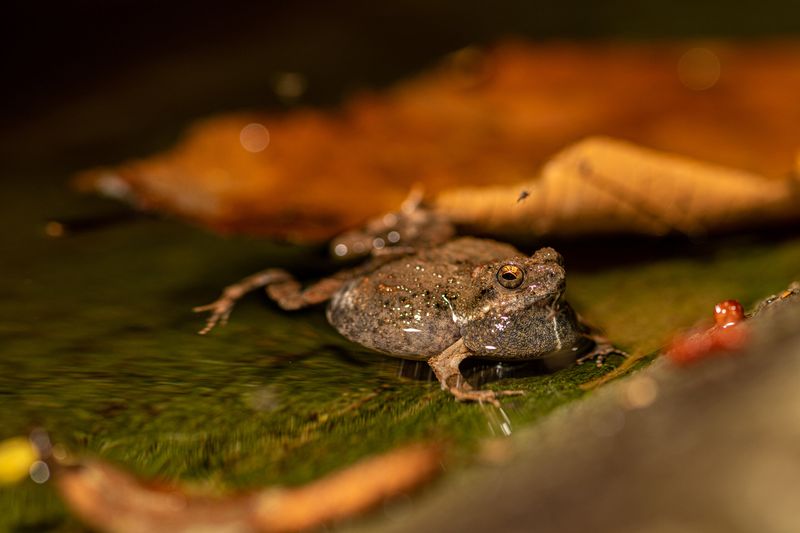
Túngara frogs utilize counting in a unique way during mating season. Male frogs adjust their calls based on the number of rival calls they hear, effectively “counting” their competition.
This behavior ensures they attract potential mates by standing out in a crowded chorus. Their counting ability highlights the importance of numerical understanding in social interactions and reproductive success within their species.

